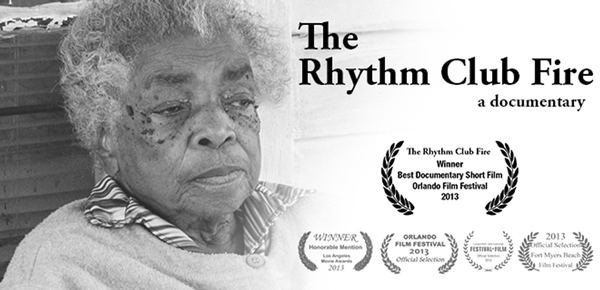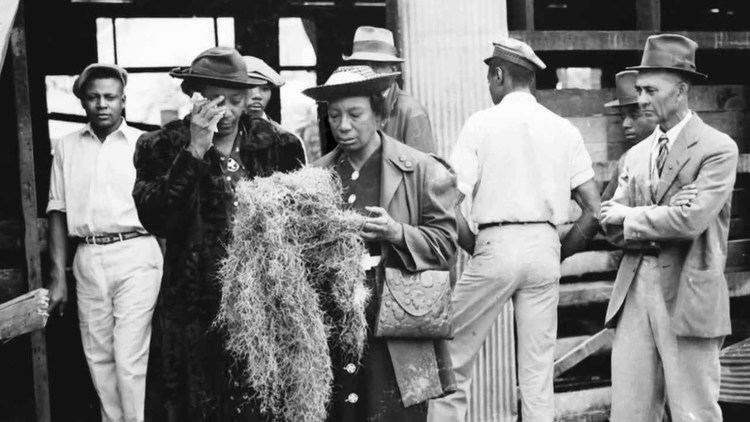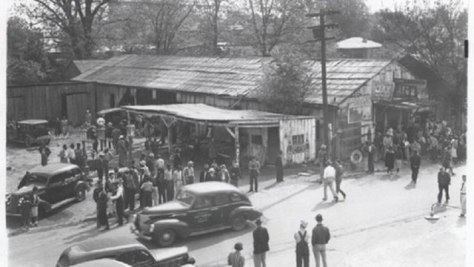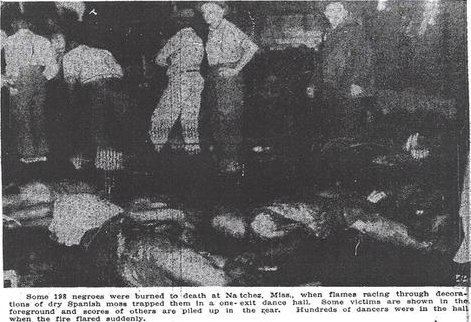Venue Rhythm Club Date 23 April 1940 Location Natchez | Type Fire Number of deaths 209 | |
 | ||
Similar Beverly Hills Supper C, Luoyang Christmas fire, Gulliver's nightclub fire, Club Cinq‑Sept fire, Summerland disaster | ||
The rhythm club fire documentary full movie
The Rhythm Club fire (or The Natchez Dance Hall Holocaust) was a fire in Natchez, Mississippi, United States on the night of April 23, 1940 that killed 209 people and severely injured many others. Hundreds of people became trapped inside the one-story steel-clad wooden building. The victims were mostly African Americans.
Contents
- The rhythm club fire documentary full movie
- Natchez rhythm club fire trailer
- Fire
- Aftermath
- Representation in other media
- References

The dance hall, which was a converted blacksmith shop once used as a church, was located in a one-story frame building at 1 St. Catherine Street, blocks from the city's business district. At the time, this was the second most deadly building fire in the history of the nation. It is now ranked as the fourth deadliest assembly and club fire in U.S. history.

Natchez rhythm club fire trailer
Fire

The fire began as members of the local Moneywasters Social Club were enjoying the song "Clarinet Lullaby", performed by Walter Barnes and His Royal Creolians orchestra from Chicago. Starting near the main entrance door at 11:30 pm, the fire quickly engulfed the structure, due to Spanish moss that had been draped over interior's rafters as a decoration. In order to ensure there were no bugs in the decorative moss, it had been sprayed with petroleum-based FLIT insecticide. Due to the dry conditions, flammable methane gas was generated from the moss and resulted in the destruction of the building within an hour.

As windows had been boarded up to prevent outsiders from viewing or listening to the music, the crowd was trapped. More than 300 people struggled to get out after the blaze began. A handful of people were able to get out the front door or through the ticket booth, while the remainder tried to press their way to the back door which was padlocked and boarded shut.

Blinding smoke made movement difficult. Many people died from smoke inhalation or by being crushed by the crowd trying to escape. Bandleader Barnes and nine members of his band were among the victims. One of the group's two survivors, drummer Walter Brown, vowed never to play again; the other survivor was bassist Arthur Edward. Barnes was well regarded as a strong contemporary of both Duke Ellington and Woody Herman.
Aftermath

People believed the fire to be accidental, started by the careless discarding of a match. The day after the blaze, five men were arrested after reports they had drunkenly threatened in an argument to burn the building down. Charges against them were later dropped.
The three local funeral homes had too many bodies to handle. Many of the victims were eventually buried in mass graves. In the aftermath of the fire, citizens of Natchez raised more than $5,000 to help the local Red Cross. The city passed new fire laws to prevent the overcrowding of buildings.
